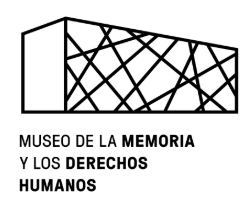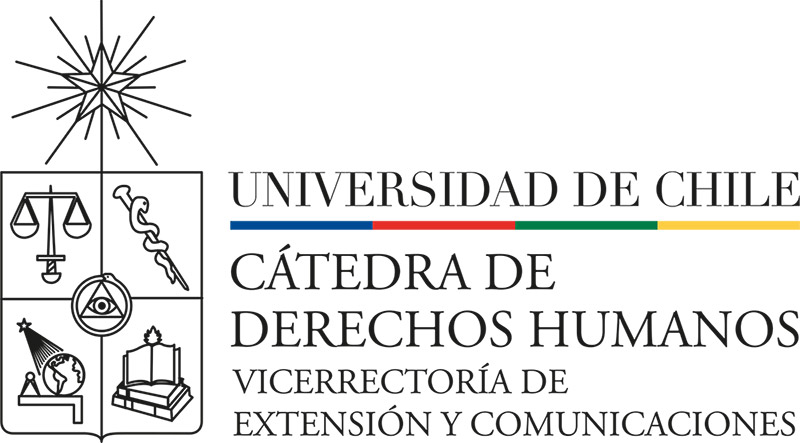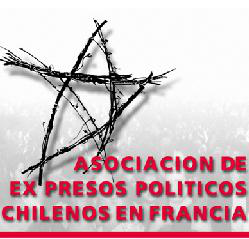 Cantos Cautivos
Cantos Cautivos
515 results where found for «Dicen que la patria es»
Music piece by:
Eugène Pottier (lyrics) and Pierre Degeyter (music). Popularised by Quilapayún in Chile in the 1970s.
Testimony by:
Ana María Jiménez
Experience in:
Villa Grimaldi, April 1975
Tags:
Music piece by:
Arturo Dávalos
Testimony by:
Luis Cifuentes Seves
Experience in:
Campamento de Prisioneros Chacabuco, January - February 1974
Tags:
Song of the Disappeared (Canción del desaparecido)
Music piece by:
Sergio Vesely
Testimony by:
Sergio Vesely
Experience in:
Cárcel de Valparaíso, 1976
Tags:
Music piece by:
Manuel José Castilla (lyrics) and Gustavo Leguizamón (music). Popularised by Mercedes Sosa
Testimony by:
Eduardo Ojeda
Experience in:
Tags:
Candombe for José (Candombe para José)
Music piece by:
Roberto Ternán
Testimony by:
Sara De Witt
Experience in:
Campamento de Prisioneros, Tres Álamos, September 1976
Tags:
Candombe for José (Candombe para José)
Music piece by:
Roberto Ternán
Testimony by:
Alejandro Olate
Experience in:
Tags:
Candombe for José (Candombe para José)
Music piece by:
Roberto Ternán
Testimony by:
Amelia Negrón
Experience in:
Campamento de Prisioneros, Tres Álamos, June 1976
Tags:
With the Sprouts I Sowed (Y con brotes de mi siembra)
Music piece by:
Andrés Rivanera (lyrics) and Eugenio Moglia (music). Popularised by Los Moros and Jorge Yáñez.
Testimony by:
Guillermo Orrego Valdebenito
Experience in:
Tags:
Futuristic Anthem (Himno futurista)
Music piece by:
unknown
Testimony by:
Patricio Polanco
Experience in:
Campamento de Prisioneros de Pisagua, November 1973
Tags:
Everything Changes (Todo cambia)
Music piece by:
Julio Numhauser
Testimony by:
Carolina Videla
Experience in:
Cárcel Pública de Arica, 1989-1990








